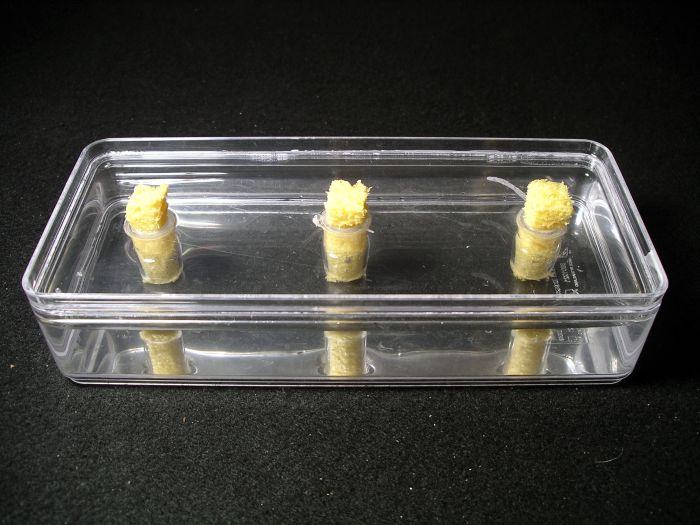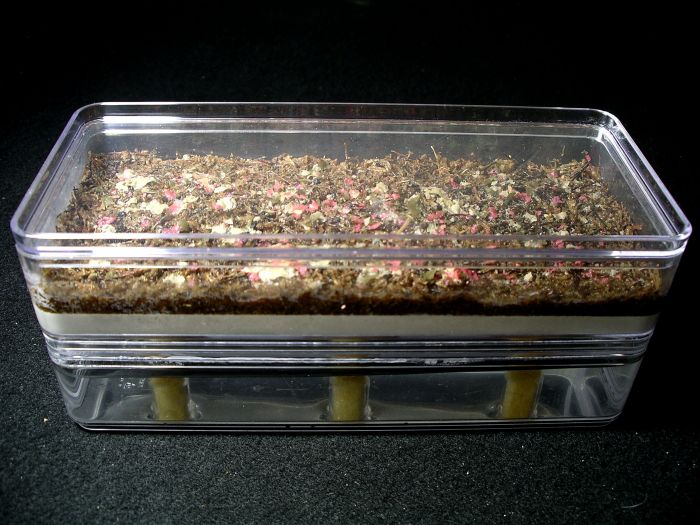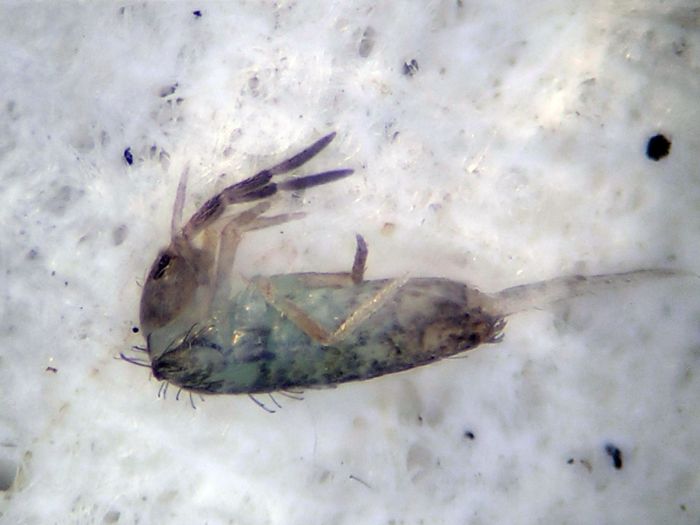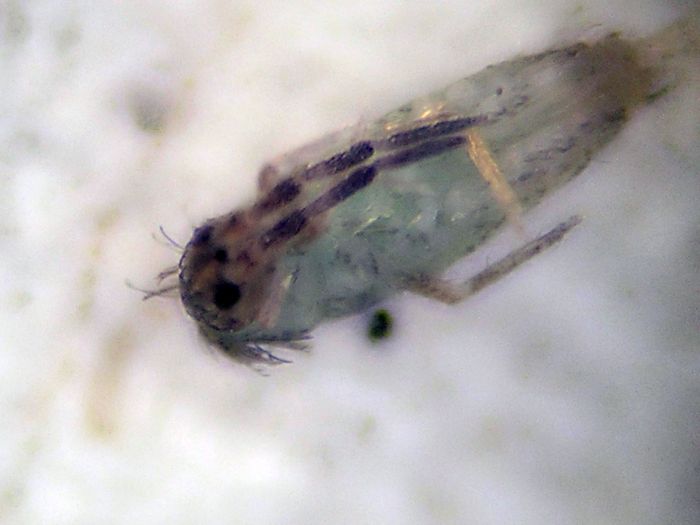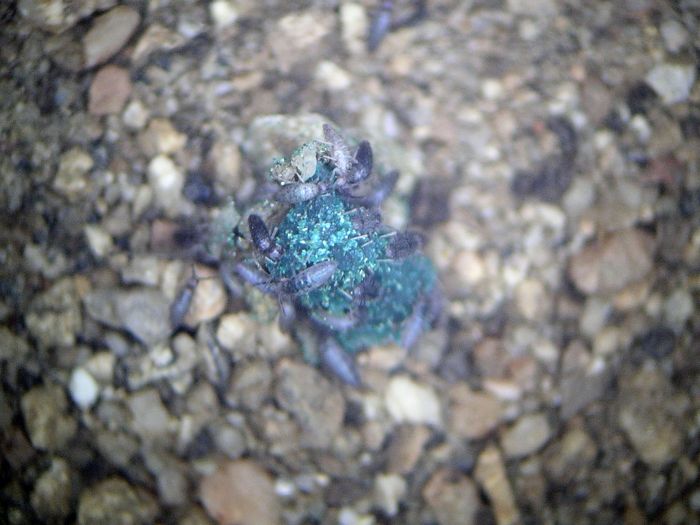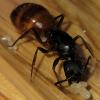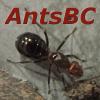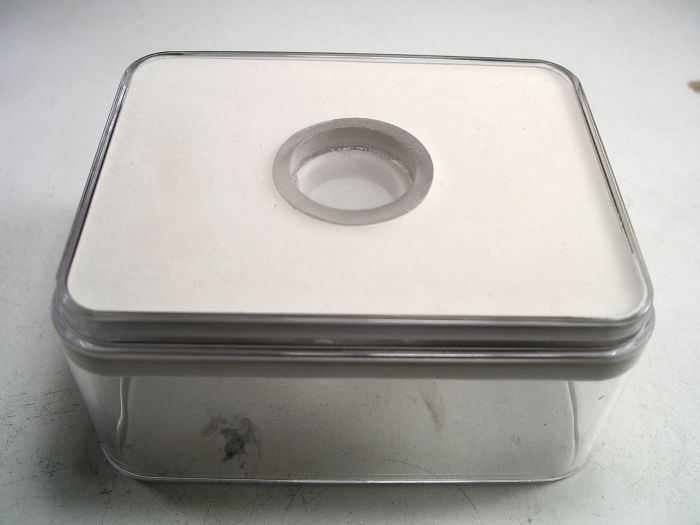
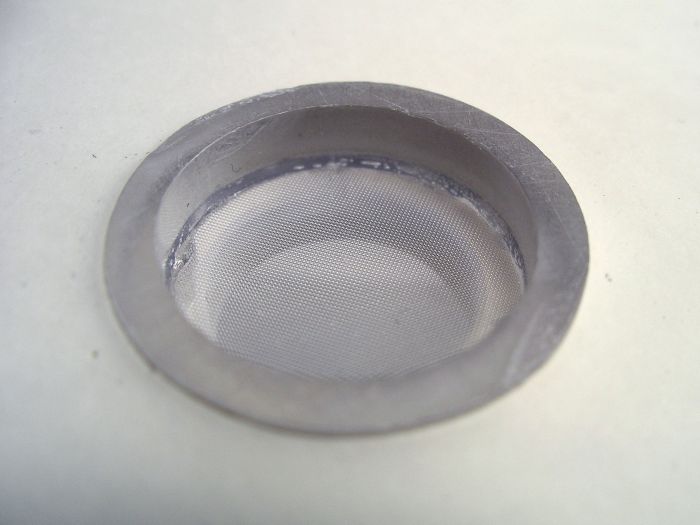
The water goes right through it and soaks directly into the substrate. This does let some very fine particles through and onto the sponge dirtying it a bit, but that's no big deal at all.
Here's what the whole setup looks like, water tank and all. These will probably stay moist for many, many months, without any extra work on my part.
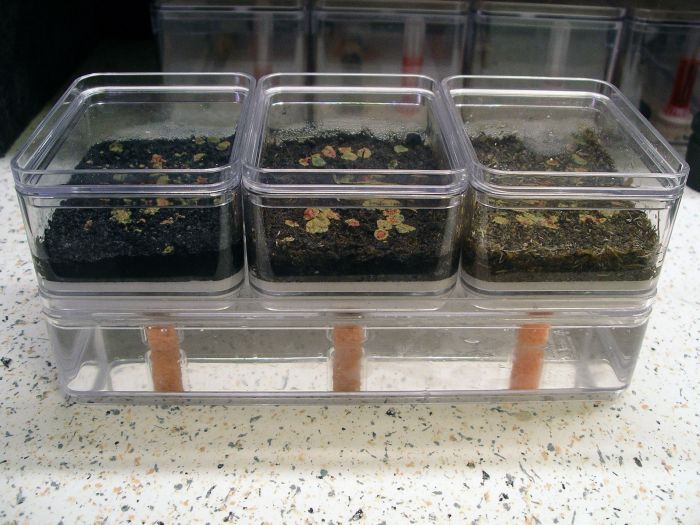
There's a few different substrates that people commonly use for this, so I decided to try all three and see which does the best. The first one is ground up charcoal, the second is peat moss, and the third is ground up sphagnum moss. I am using some flakes of fish food to feed the fungus that the springtails eat. I'll let you all know how well each of these substrates work, or if there is even any noticeable difference.






